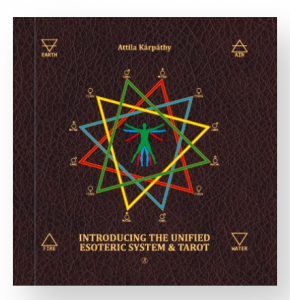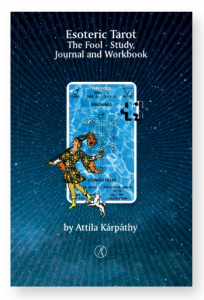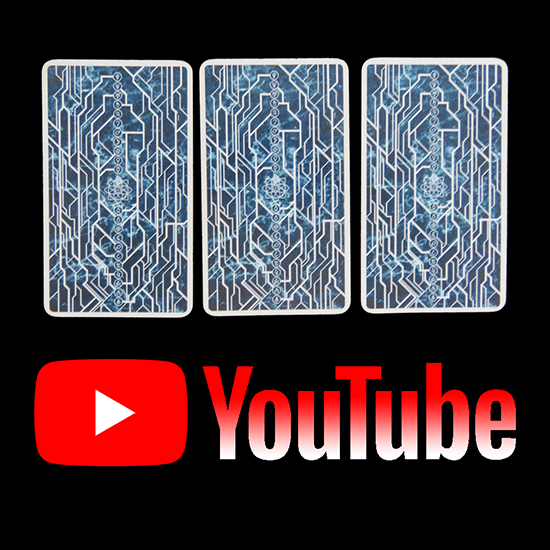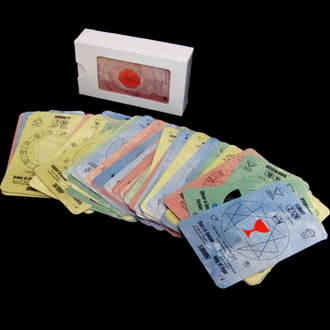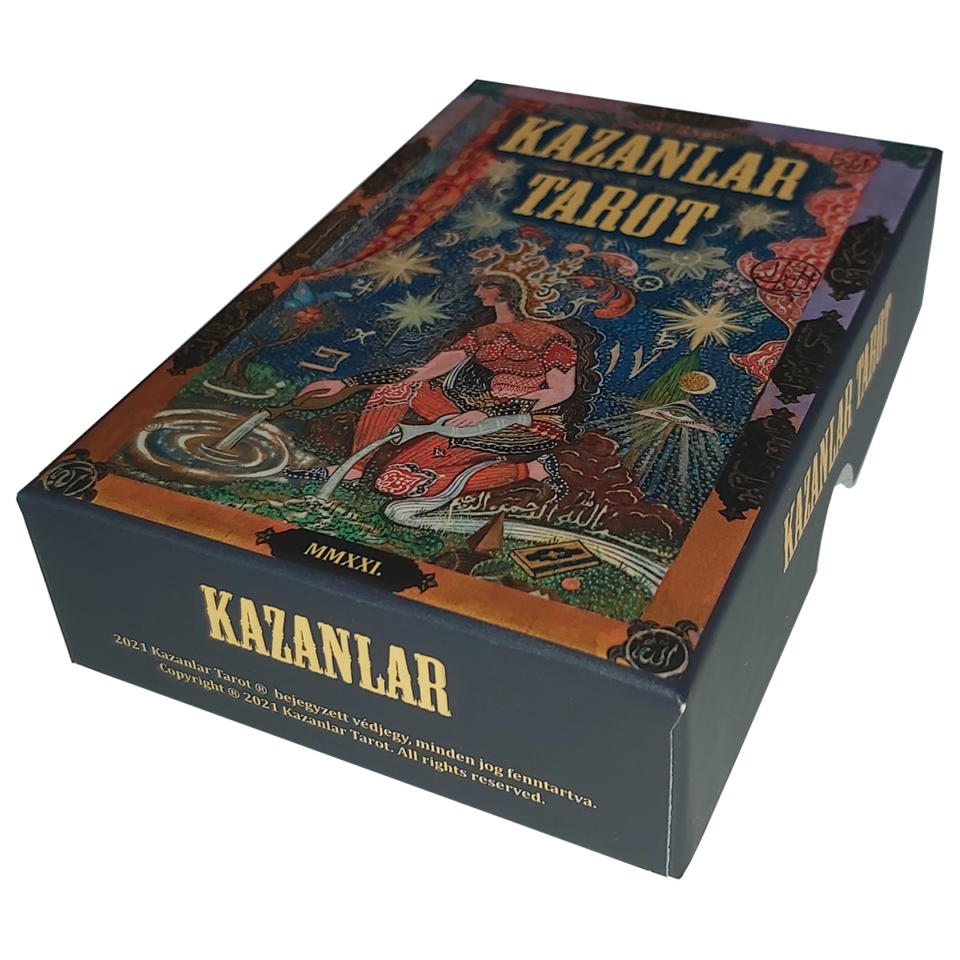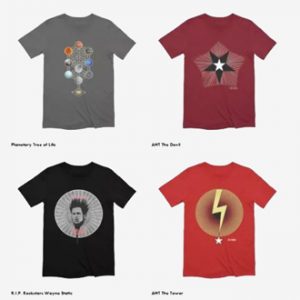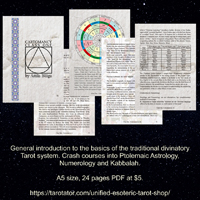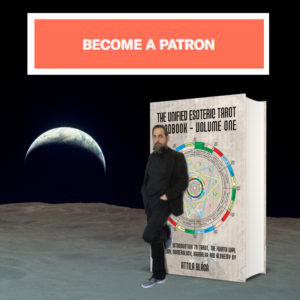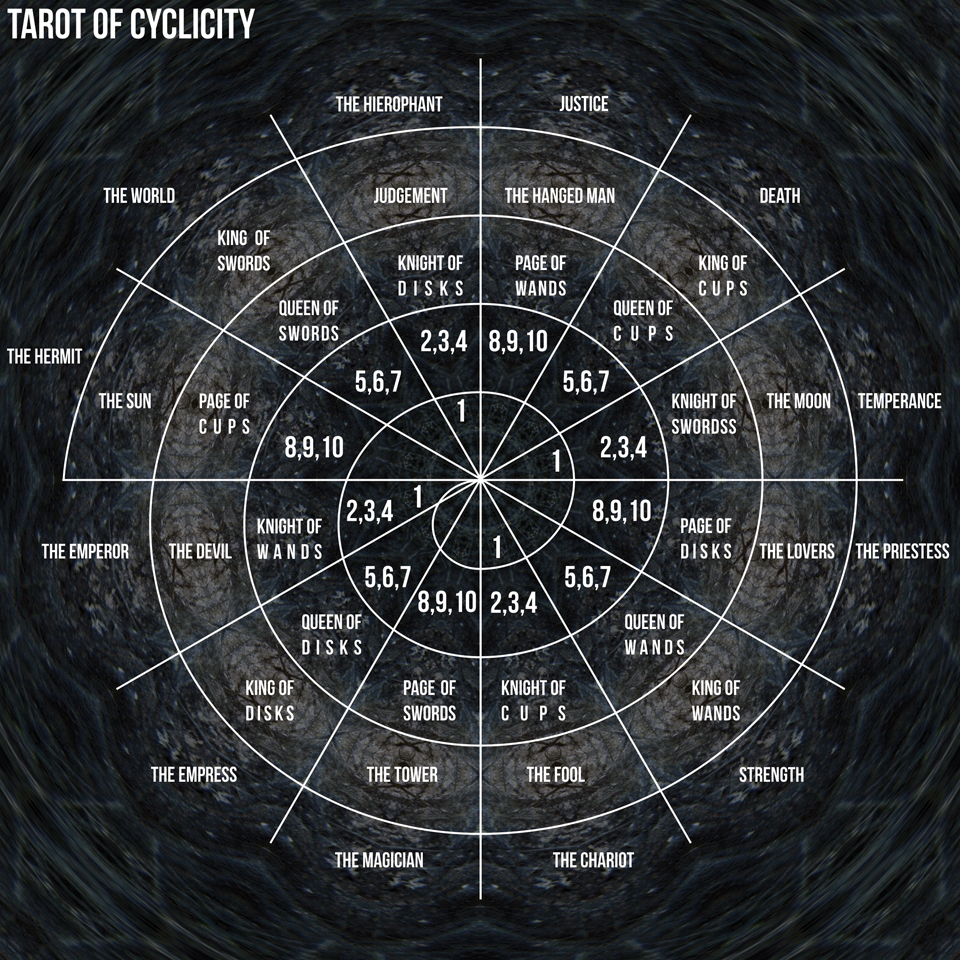
The Tarot is an accurate map of the Universe. Understanding the architecture of the Tarot deck is part of the learning process. Each of the seventy-eight cards has a precise position on the Zodiac Wheel.
The Tarot, on the other hand, is also the roadmap of human development: as above, so below.
Life, supposedly, is an upward spiral and each card represents one step on the process of development. The first step is represented by the Two of Wands, while The Hermit represents the final stage of the development.
From the seventy-eight cards of the Tarot deck, seventy-two cards are personal, presents situations and dealing with the actions and reaction, respectively the psyche of the individuals. The remaining six cards are impersonal. These six cards represent what is generally considered “external influences”. Practically, these are the equivalent of the Three Qualities from Astrology. Therefore, the four Aces represents the four Cardinal points, respectively the Cardinal Quality. The Wheel of Fortune represents the Mutable Quality, and The Star represents the Fix Quality. One is the “luck”, and it is changeable, it can be both bad or good luck, while the other represents guidance – think of the Pole Star, but also a symbolical moral compass.
The remaining seventy-two cards represent the seventy-two stages of human development, which occultists call “enlightenment”, while Carl Jung calls it “individuation”.
Seventy-two is one of the central numbers of both Eastern and Western mysticism. The number cannot be a coincidence.
The origins of the speculations regarding the number seventy-two are three consecutive verses from Exodus 14:19-21.
In the story of the exodus from Egypt, three consecutive verses describe the manifestations of God’s power. In Hebrew, these three verses each contain seventy-two letters. Kabbalists stated that Moses used the seventy-two-fold name to parting and crossing the Red Sea.
The Shem HaMephorash, meaning the “explicit name”, is an originally Tannaitic term describing a hidden name of God in Kabbalah. It is composed of either 4, 12, 22, 42, or 72 letters.
Yahweh, respectively YHWH, the four-letter name is called Tetragrammaton. It has four letters and twelve permutations, three for each letter. Thus, the four letters result in twelve unique Names.
Subsequently, each of the twelve Names has six additional permutations, yielding a total of seventy-two unique Names.
The seventy-two Angelic Names or the “seventy-two-fold name” is essential to Sefer Raziel HaMalakh and the Lesser Key of Solomon.
The Sefer Raziel HaMalakh is a grimoire of Practical Kabbalah from the Middle Age; The Lesser Key of Solomon, also known as Clavicula Salomonis Regis or Lemegeton, is an anonymous grimoire compiled in the mid-17th century.
Grimoire is a textbook of magick, also known as a “book of spells”, which typically includes instructions on how to create magical objects such as talismans and amulets, how to perform magical spells, charms and divination, and how to summon or invoke supernatural entities. These supernatural entities are generally called spirits, but also sometimes specifically angels or demons.
Each of these divine names may hold the key to someone’s spiritual development. While the Angels may represent virtues, respectively qualities which someone may develop and practise in order to achieve divinity or perfection; the demons may represent flows and weaknesses that need to be addressed and corrected. Therefore, someone should fully master these seventy-two divine qualities, respectively must overcome the weaknesses, in order to achieve enlightenment.
Correctly attributed to the Tarot cards, each one represents one step at the time along the process.
According to the medieval grimoires, the seventy-two Angels of the Shemhamphorash were attributed each to five degrees arc of the Zodiac.
Demons, on the other hand, were attributed each to ten degrees arc of the Zodiac, operating in pairs, one rule during the day, the other during the night.
The Golden Dawn system attributed the seventy-two spirits to the thirty-six numbered cards, excluding the four Aces, from the four Suits.
It is my opinion that the Golden Dawn system and attribution reflects a quite conservative and limited perception and understanding of the universe and subsequently of the Zodiac Wheel. The Golden Dawn system operates exclusively with the seven classical planets of the Ptolemaic system dated from the 1st century. Although the Hermetic Order was founded in 1887, planets such as Uranus or Neptune were omitted from the system. They look at the Zodiac Wheel as a circle, respectively a unidimensional object or depiction, instead of seeing it as a spiral, respectively a multidimensional object or representation. Their perception fits the old and classic assumption of a flat Earth, and subsequently of a flat universe. Therefore, what traditionally is considered a “wheel”, it is practically a tri-dimensional and upward spiral consisting of several concentric circles.
The spiral of the Zodiac has four levels.
Read the full article exclusively on Patreon.


